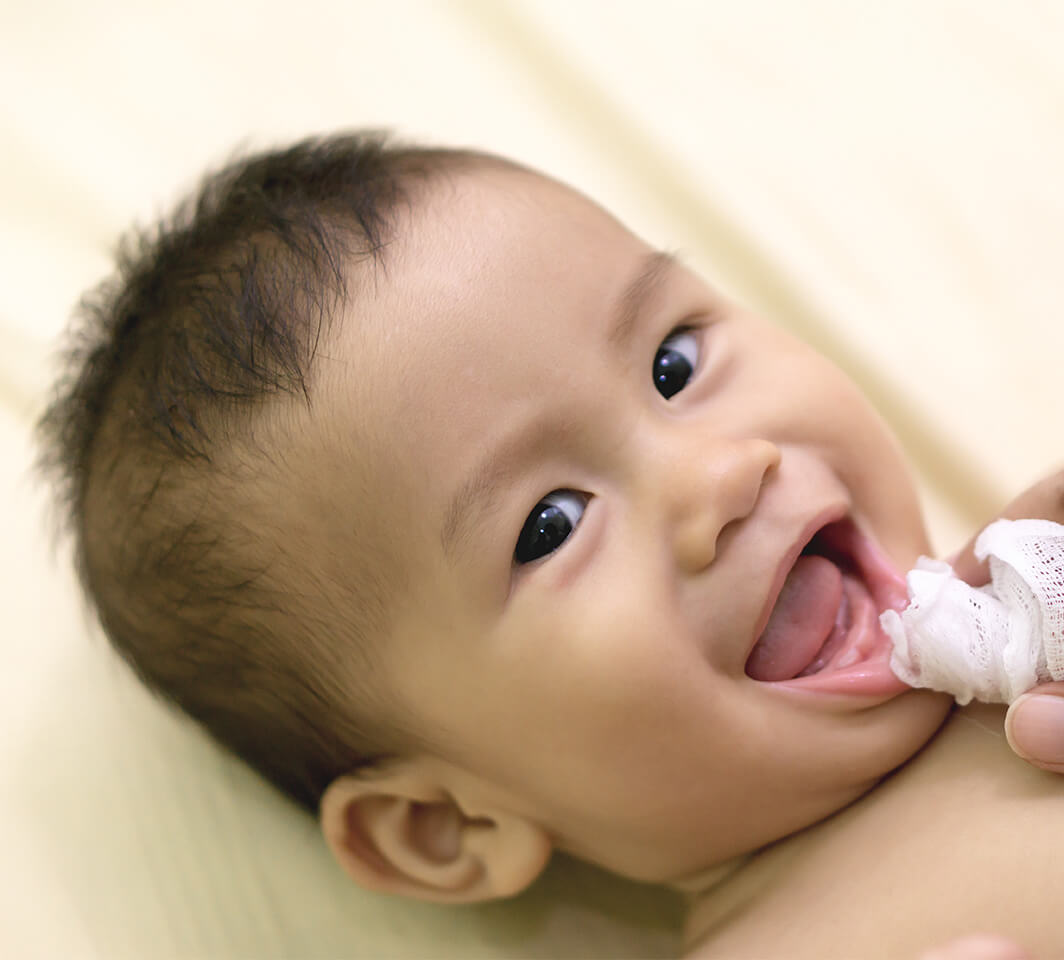Regulating Your Emotions: Parenting Tips
- Main Image
-

- Title
- Regulating Your Emotions: Parenting Tips
- Short Description
-
From all parenting tips, the most important one is probably to listen to yourself more. Remember you are not alone to have ups and downs.
- Detail Page Path




.jpg)